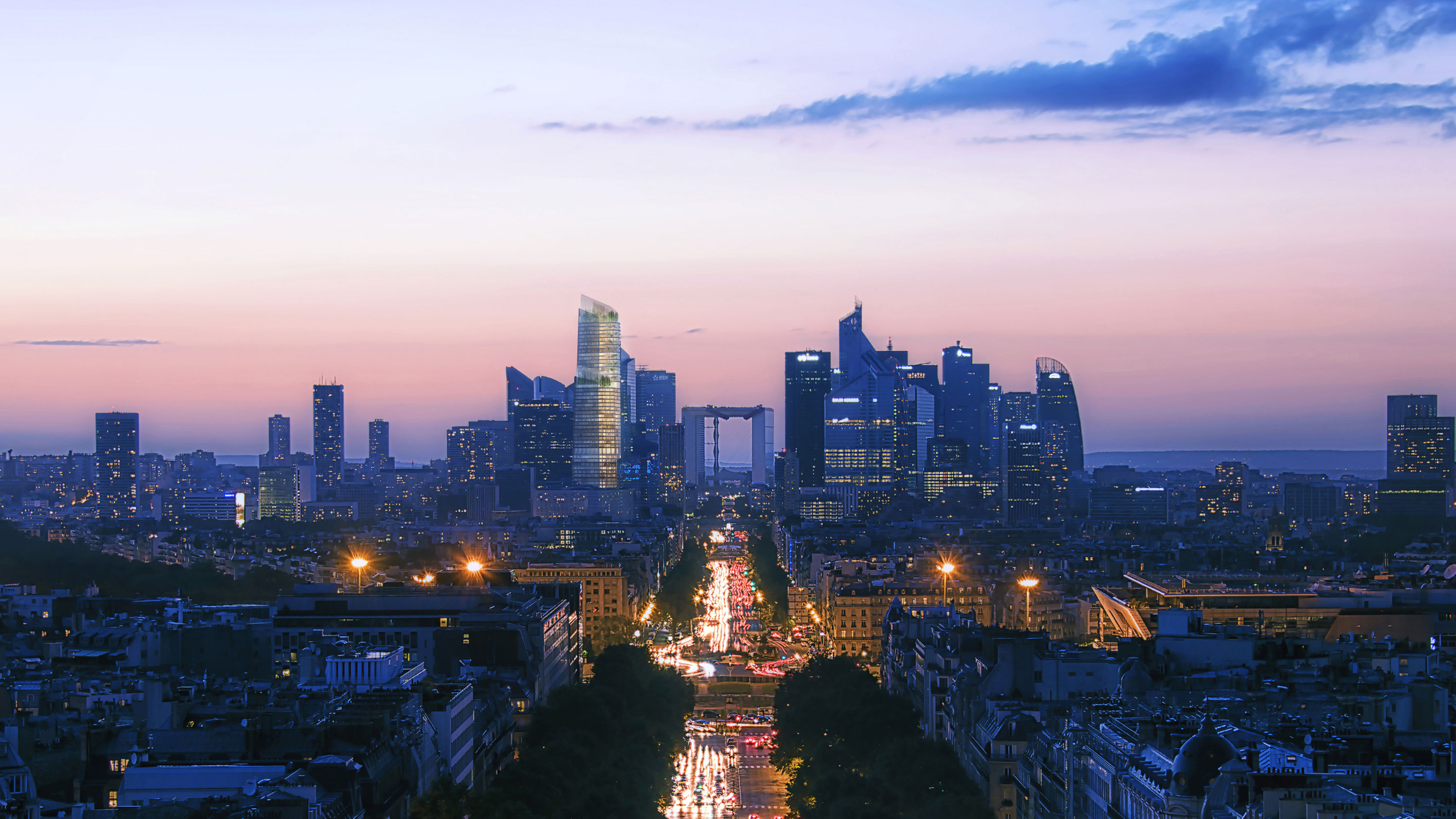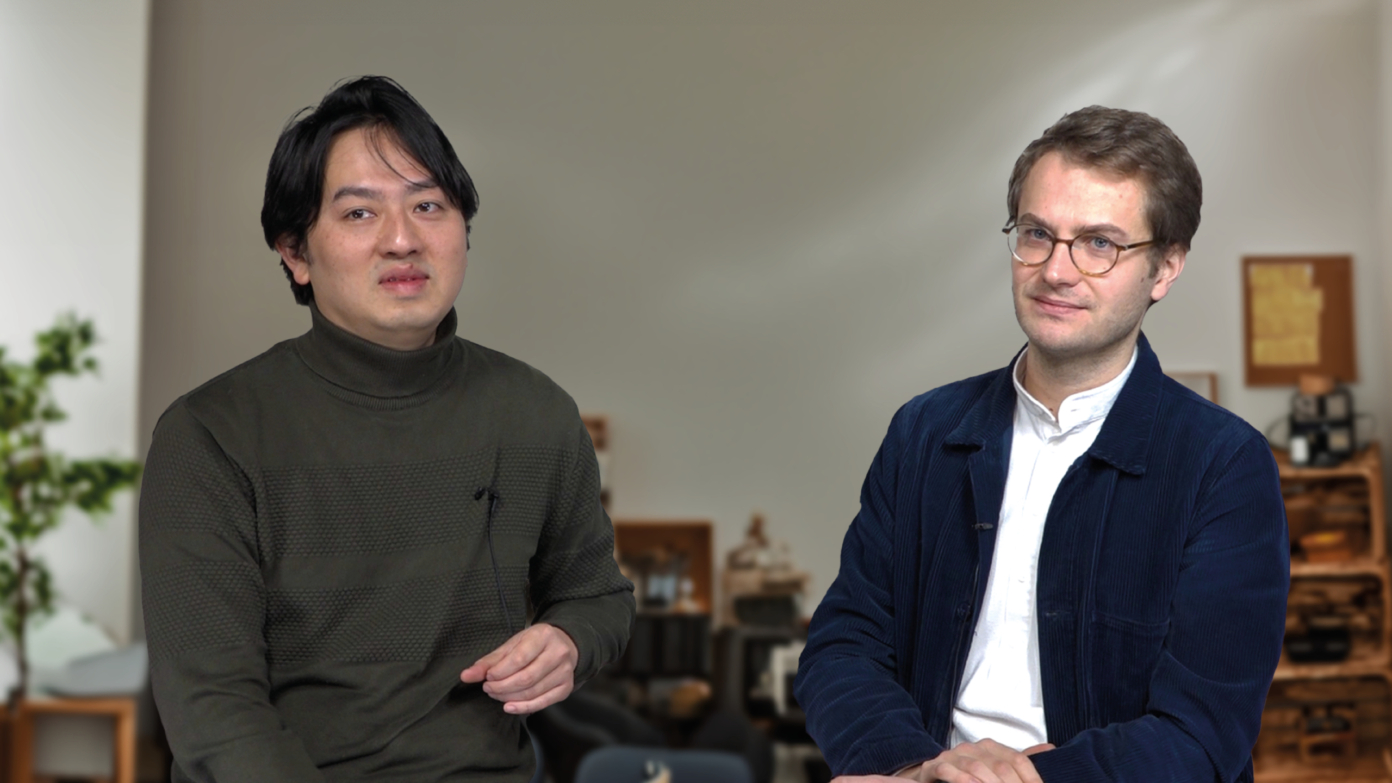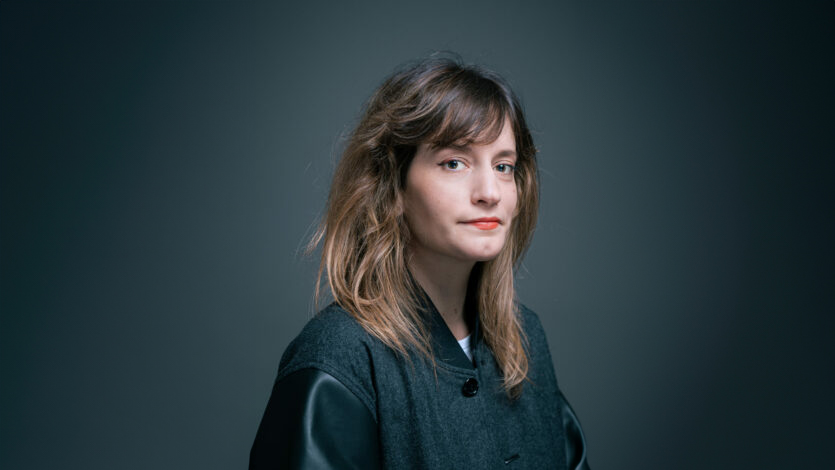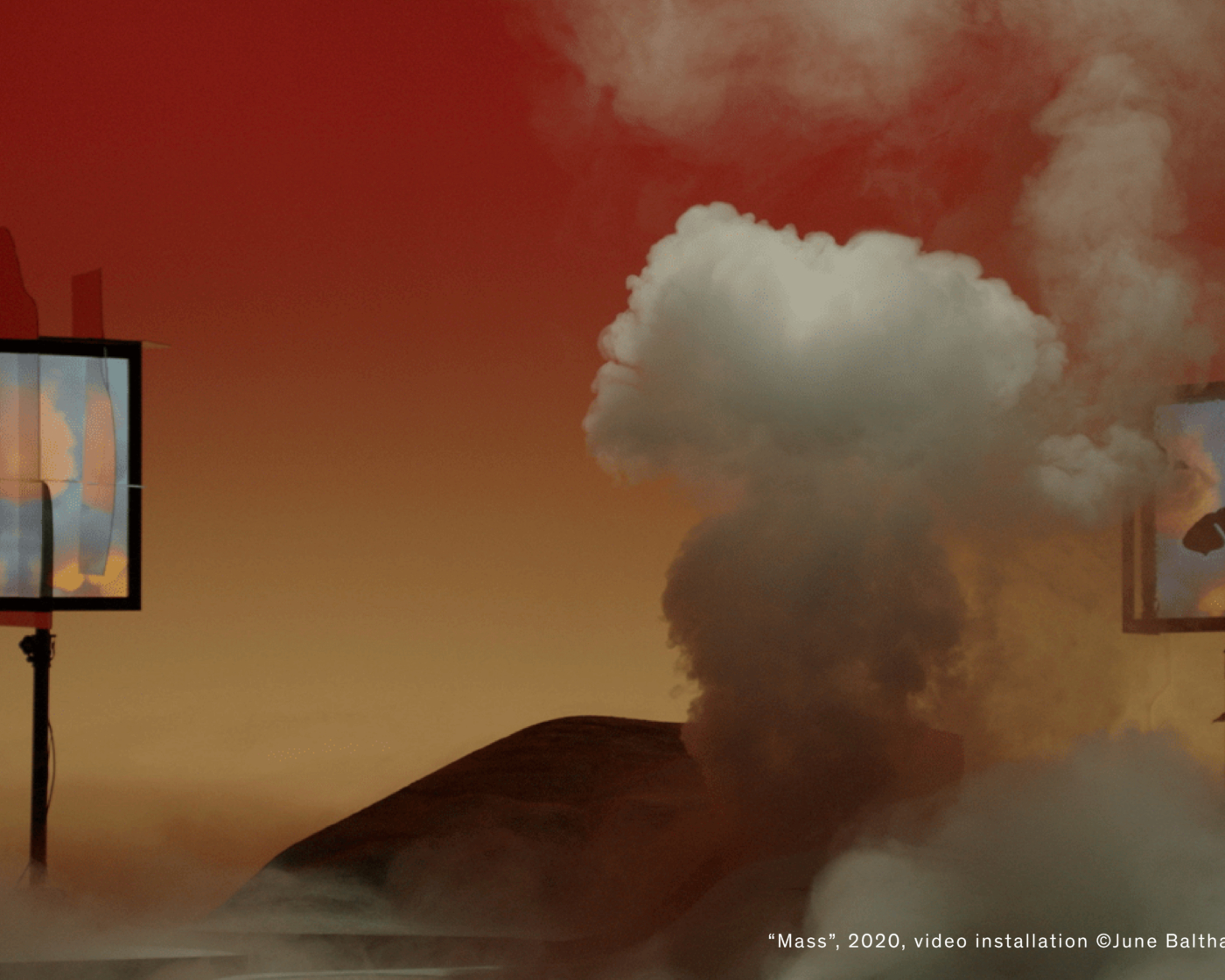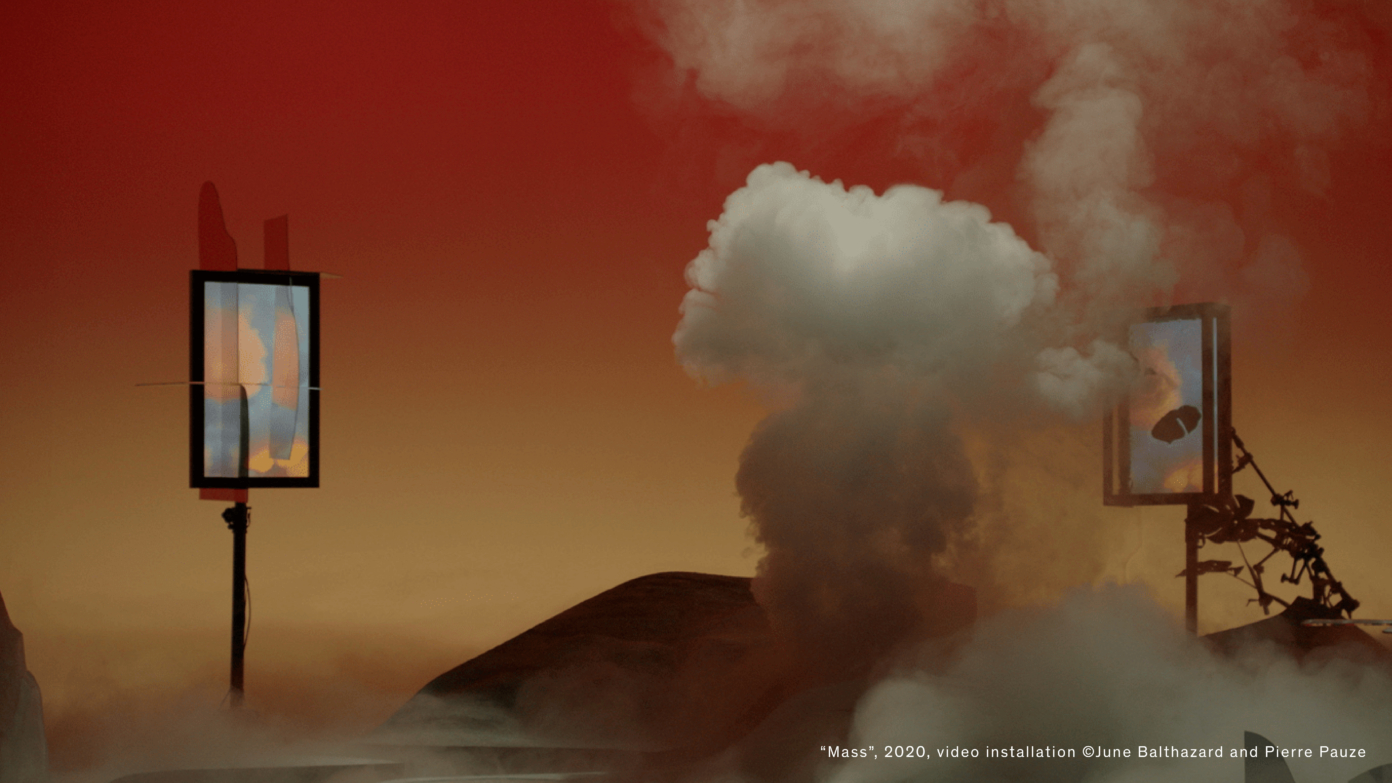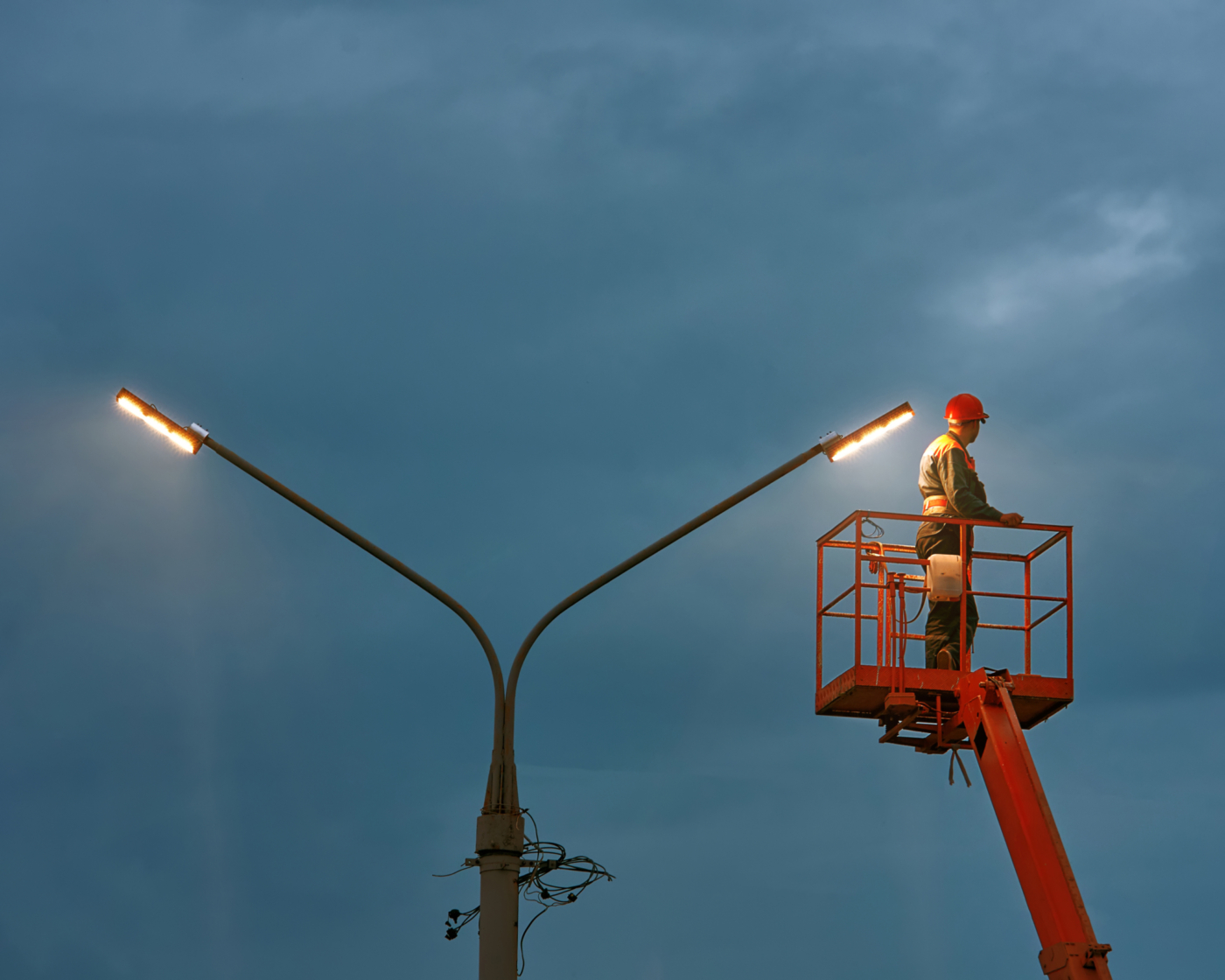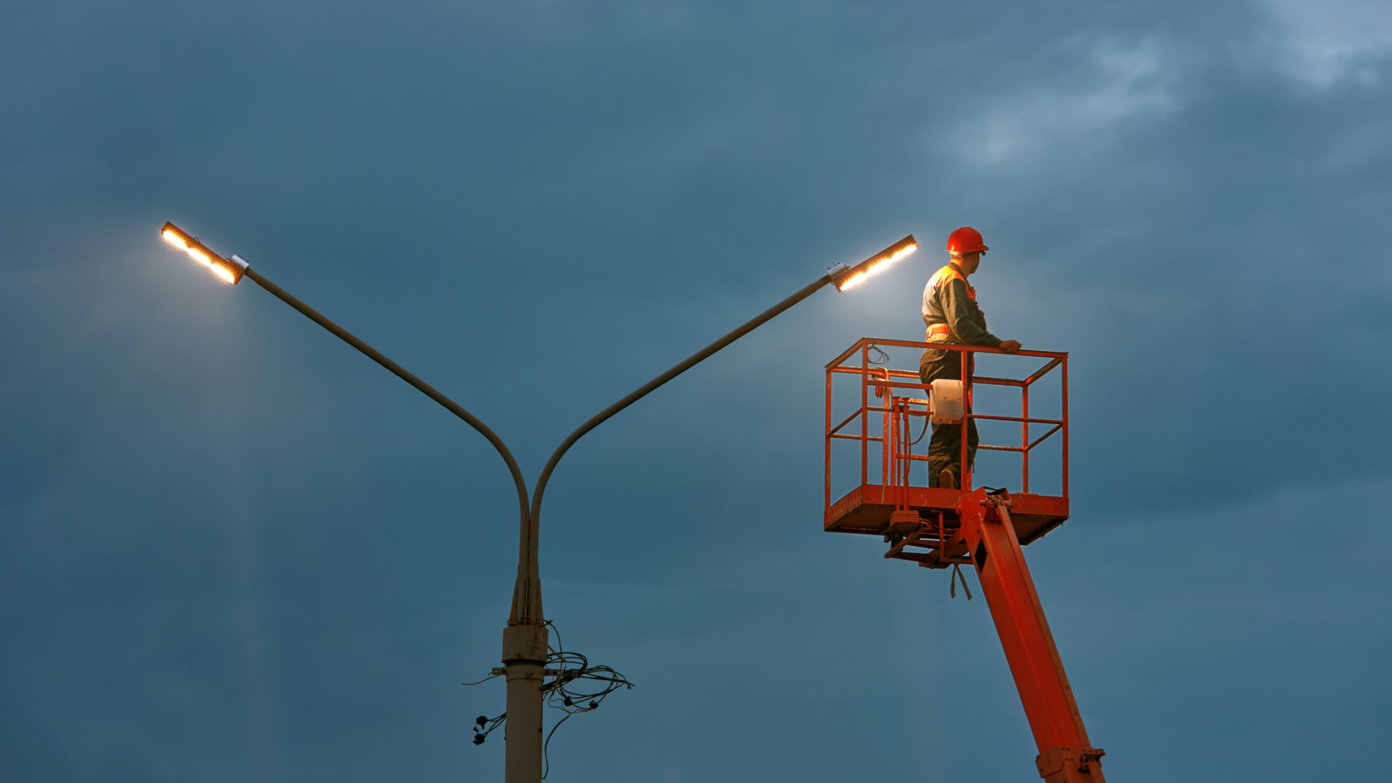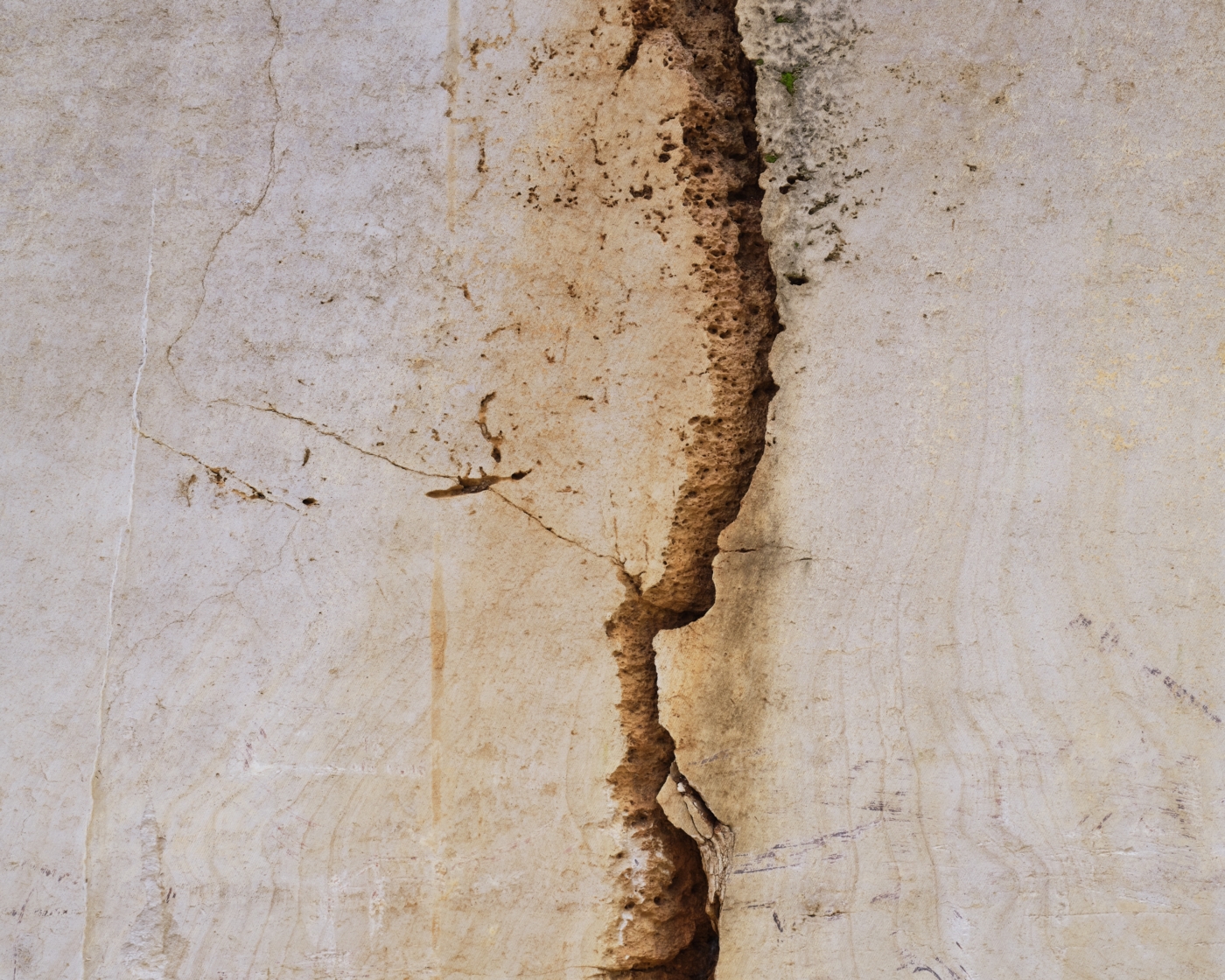Aesthetic of Structures
Aesthetic of Structures is a collective work published by the Architects-Engineers & Engineers-Architects association (AAIIA). Established agencies, young practitioners, researchers and students discuss a new relationship with structures, moving away from the Vitruvian principles of utility, solidity and beauty, towards an economy of materials, reversibility of use and the reuse of materials. Here we meet two of the book’s designers: architect-engineer Antoine Laugier and graphic designer Thanh-Phong Lê, who give us an insight into the book, as an object and as a structure.
